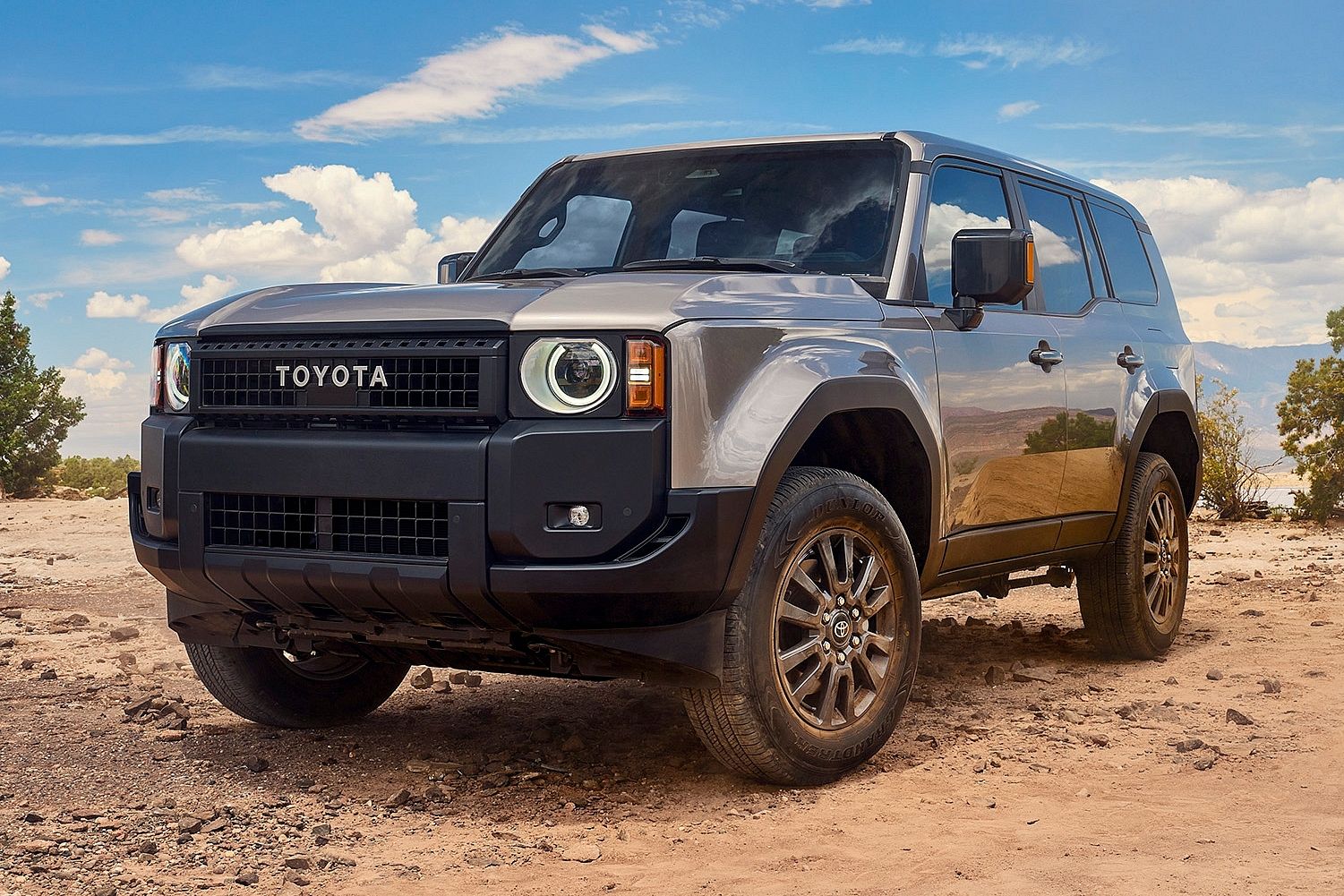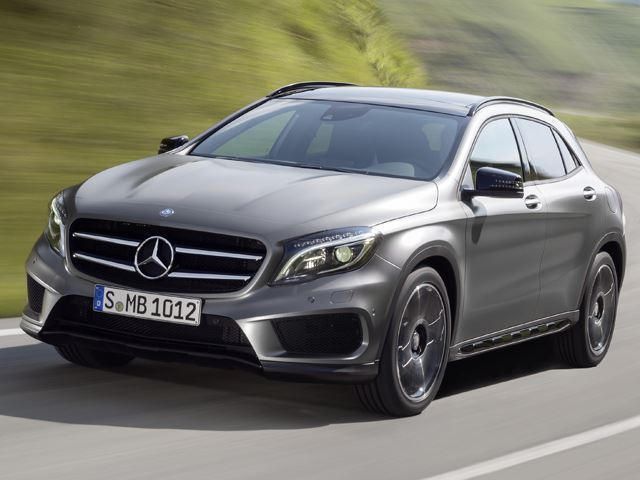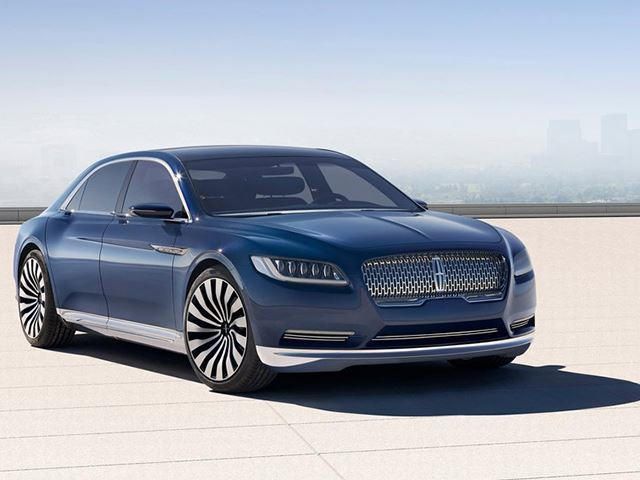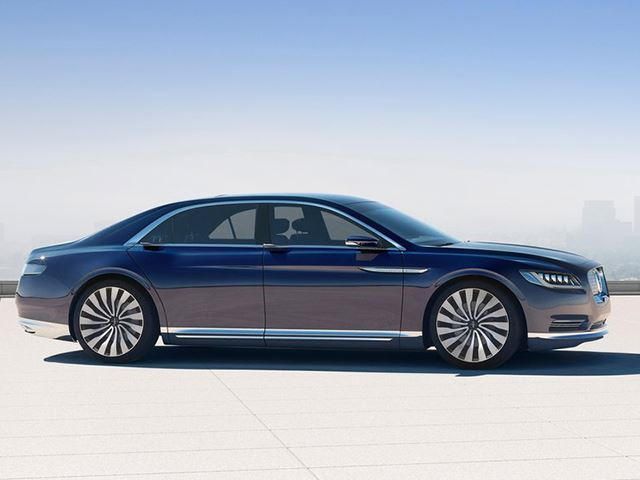
Right now, Hollywood is in the midst of a crisis. It has sunk cash into countless sequels meant to attract huge audiences by using the momentum of past box office hits. The problem is, the public is tired of being fed sequels. There's too many of them and movie audiences are easily lost in the long and drawn-out storylines. At one point these films were huge moneymakers for studios, but that trend line is evening out. Unfortunately the same bubble may be fueling growth in the luxury car segment, and it may soon pop.
It has been eight years since the recession of 2008 and consumers have almost completely returned to their old spending habits. Low gas prices and increased confidence in world markets spurred millions who had suppressed their will to spend to hit dealership and go nuts. During the recession, highly established brands like Lexus and Germany's big three luxury automakers made it work, but after the jolt from newly awakened consumers these automakers tried to make the best of the boom. Lexus approached the problem by using eye-catching styling and a reputation for reliability to make its sales jump. Older brands like Mercedes, BMW, and Audi began offering new models in droves.
Some like the Mercedes GLE are intended to fill gaps and start new niche segments. Others like the BMW 2 Series have served to offer luxury cars for cheap to buyers who would usually purchase from a standard auto brand. Mercedes has announced that it will launch 11 entirely new cars and a total of 30 new models by 2020 and Audi has said that it would offer a total of 60 models by that time. Meanwhile, sales of the B-list luxury car brands like Acura, Infiniti, Lincoln, and Cadillac are on the rise too, albeit at slower rates. Chinese buyers have been gobbling up luxury cars at unprecedented rates and this has helped nudge the trend line up. However, as the old maxim goes, what goes up must come down.
The problem with such a rapid explosion of new models and increased sales of luxury brands that were once near death means that there is a saturation of luxury cars in the market. Right now the luxury segment is red hot and automakers are more than happy to provide supply for the demand. On the other hand, it leaves automakers vulnerable to crashes. Cadillac's recent re-branding cost a lot of money, cash that GM had to come up with only a few years after filing bankruptcy. Even the heavyweights have put themselves on the line. The more model lines that exist, the more investment it takes to design, engineer, build, and market new cars making a potential fall more difficult to weather.
And just as the sales bubble has expanded to a record size we're starting to see signs of a potential pop. In March of this year, sales of luxury cars in the US fell by 17%. And overseas in luxury-loving China the country's consumers continued to cool on cars. As growth of the Chinese economy starts to taper off, buyers are spending less money on cars. Combined with US buyers who are now satisfied after making up for the recession through a luxury car binge, it's looking like things could turn dark for luxury automakers. With companies like Aston Martin and Bentley placing all hands on deck and charging ahead with new models, all it will take is a cold shoulder from consumers to upset the current luxury car establishment.



